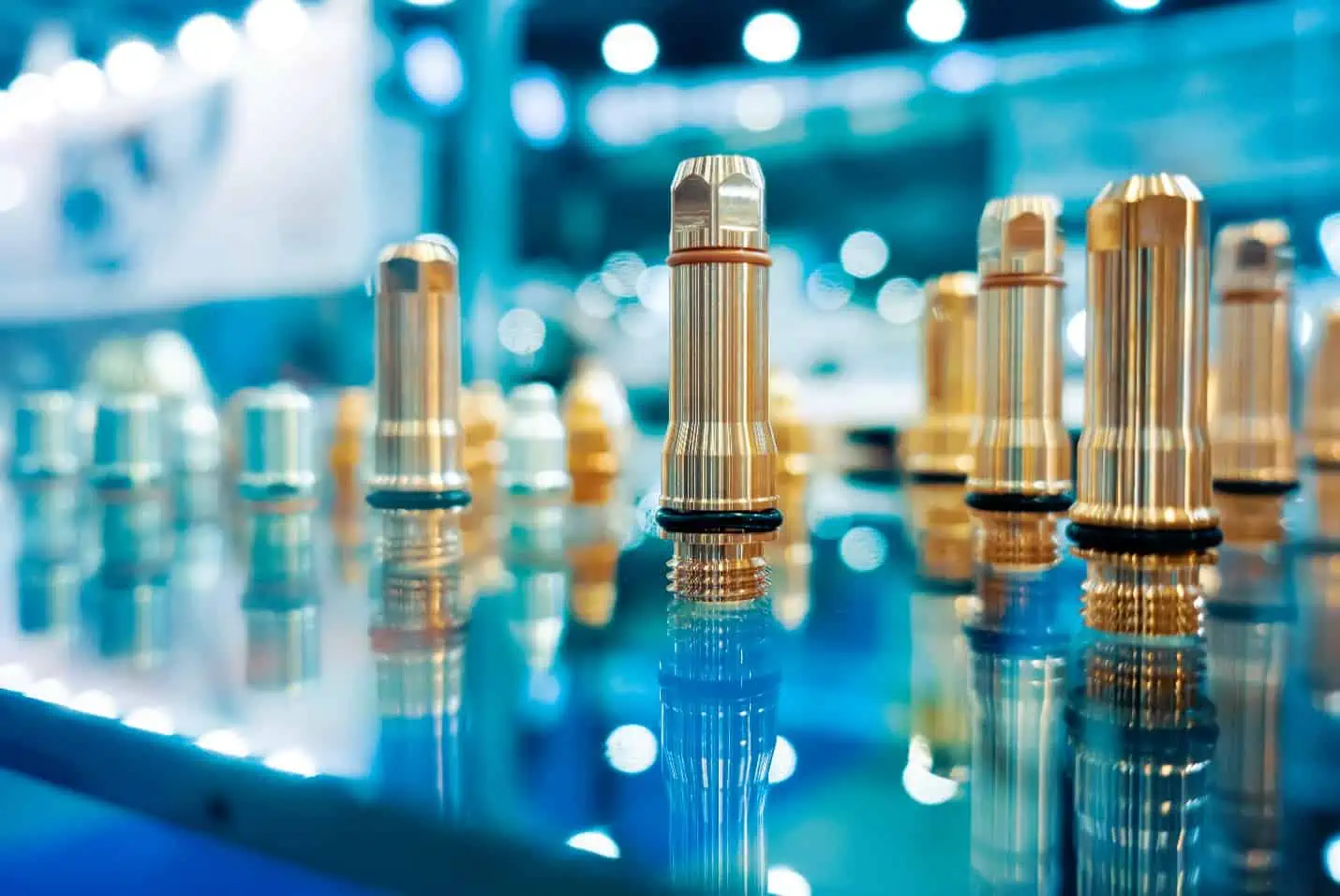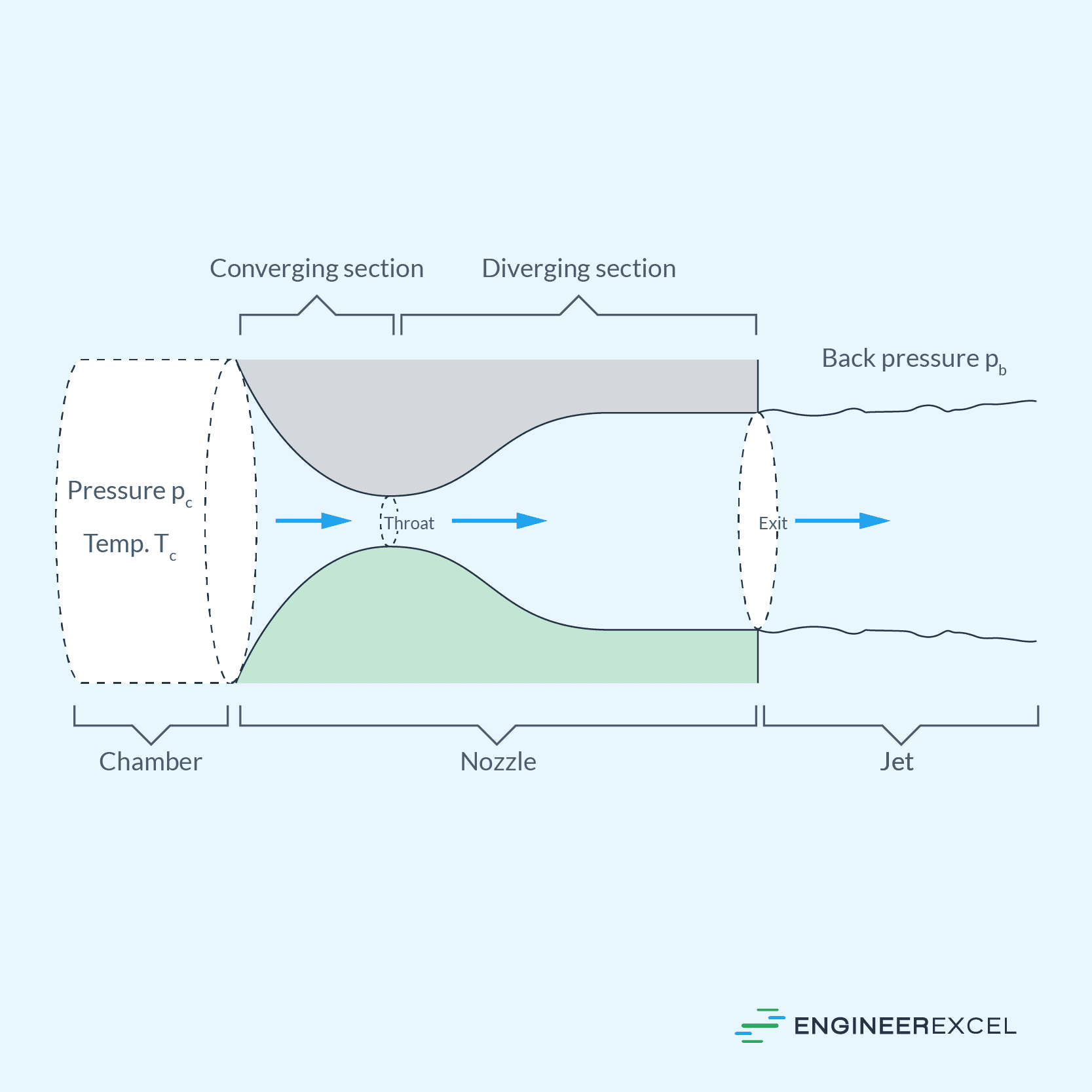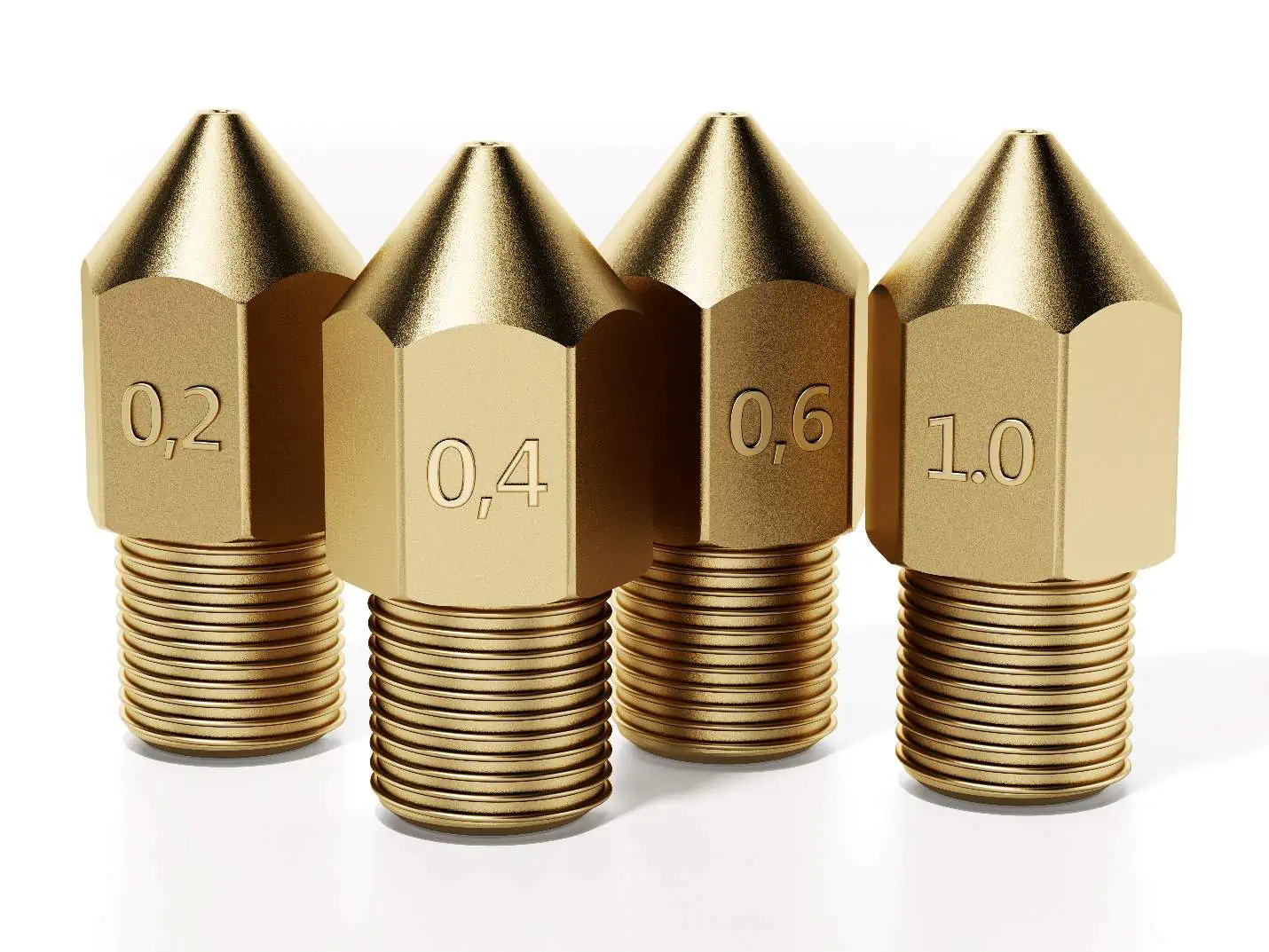A nozzle is a device designed to accelerate or decelerate a moving fluid in a controlled manner by letting it pass through a restricted opening. When designing or selecting a nozzle, one of the crucial parameters that needs to be considered is its diameter. In this article, we will explore how to calculate the diameter and how it affects the performance of a nozzle.
Understanding Nozzles
Nozzles are devices designed to control and direct the flow of fluids, such as gases or liquids, in various applications. They are used in a wide range of industries, including aerospace, automotive, manufacturing, and more.
Nozzles are characterized by their ability to accelerate or decelerate fluid flow. They come in many different types, each designed for a specific purpose. Some of the most common types of nozzles include spray nozzles, jet nozzles, fan nozzles, venturi nozzles, and spiral nozzles.

Spray nozzles are used to create a fine mist or spray of liquid, and are commonly used in applications such as agricultural spraying, cooling systems, and cleaning equipment. Jet nozzles are used to create a high-velocity stream of fluid, and are commonly used in applications such as firefighting, pressure washing, and cutting materials.

Elevate Your Engineering With Excel
Advance in Excel with engineering-focused training that equips you with the skills to streamline projects and accelerate your career.
Fan nozzles are used to create a wide, flat spray pattern, and are commonly used in applications such as painting, coating, and humidification. Venturi nozzles are used to create a low-pressure area by accelerating fluid flow through a narrow section, and are commonly used in applications such as vacuum systems and fluid mixing. Lastly, spiral nozzles are used to create a swirling flow pattern, and are commonly used in applications such as gas scrubbing and cooling towers.
There are many other types of nozzles. The choice depends on the specific application and the desired outcome, whether it’s to accelerate, decelerate, mix, or control the flow of fluids.
A simple nozzle consists of a few key parts, as shown in the diagram below. These include the inlet, the converging section, the throat, and the diverging section.

The converging section narrows the flow, while the diverging section widens it. The throat is the part with the smallest diameter, and it is crucial in determining the nozzle’s performance.
Nozzle Diameter Formula
When designing a nozzle, you need to determine the appropriate diameter to achieve your desired flow rate and pressure drop. In general, the flow rate and pressure drop of a nozzle can be related using the following equation:

Where:
- Q = flow rate [m3/s]
- Cd = discharge coefficient of the nozzle [unitless]
- Ao = area of the nozzle orifice [m2]
- ΔP = pressure drop across the nozzle [Pa]
- ρ = density of the fluid [kg/m3]
- D = nozzle diameter [m2]S
Rearranging the above equation, the nozzle diameter can be obtained using the following formula:

The discharge coefficient of a nozzle is a dimensionless factor that relates the actual flow rate of a fluid through the nozzle to the theoretical flow rate that would occur if the fluid were incompressible and there were no energy losses due to friction or turbulence. It is typically determined experimentally for each specific nozzle design.
The value of the discharge coefficient for nozzles can vary depending on various factors such as the shape of the nozzle, the fluid properties, and the operating conditions. Typical values can range from 0.95 to 0.99 for convergent nozzles, while for convergent-divergent nozzles, this value can range from 0.97 to 0.99.
In addition to the formula outlined above, there may be alternative empirical formulas that can be used to establish a connection between nozzle diameter, flow rate, and pressure, depending on the specific application. For instance, the following formula may be applicable for water sprinkler nozzles:

Where:
- Q = flow rate of water from the nozzle [gpm]
- D = nozzle diameter [in]
- P = nozzle pressure [psi]
Factors Influencing Nozzle Diameter
In the context of a nozzle, the diameter plays a significant role in determining the overall performance of the device. Several factors can influence the selection of the appropriate nozzle diameter, including flow rate, fluid properties, application, and operating pressure.
Flow Rate
Flow rate is one of the critical factors to consider. Higher flow rates require larger nozzle diameters to handle the increased flow velocity, while smaller diameters are suitable for lower flow rates.
Fluid Properties
Fluid properties, like density and viscosity, also play a role in determining the nozzle diameter. In general, thicker fluids with high viscosity need larger diameters, allowing for a steady flow without undue pressure buildup.
Application
Application affects the choice of nozzle diameter, as different settings require varying performance levels.

For example, gas cutting may necessitate smaller diameters, whereas 3D printers may require a range of diameter sizes to provide the desired resolution.
Operating Pressure
Pressure is another element to consider. As the pressure increases, the velocity of the fluid passing through the nozzle increases. This increase in velocity can lead to a decrease in the effective nozzle diameter, as the fluid is able to pass through a smaller opening due to the increased kinetic energy.
This phenomenon is known as the Venturi effect.
